VANCOUVER 2010 WINTER OLYMPICS | THE LOOK OF THE GAMES :: CANADIAN OLYMPIC MASCOTS 1976 – 2010

°
°
°
There you have them: the seven mascots Canada has produced for the Olympic games held on Canadian soil (and ice).
Montréal’s Amik is a work of art; he (or she; Amik’s sex was never determined) is one of the classiest mascots ever — so much so that it might be better to call this beaver a “symbol” rather than a true mascot.
Calgary’s Hidy and Howdy? Well, they seem like things that might come alive in a Stephen King novel. Truly scary stuff.
As for Vancouver’s Sumi, Quatchi, Miga, and Mukmuk, they’re not only fun, lovable, and excellent representatives of our Canadian West Coast, they’re a big hit with kids of all ages.
They’re tasteful, not in the least scary, and well above average for Olympic mascots.
Don’t believe me?
Check out Markus W. Osterwalder’s wonderful Olympic website and see for yourself:
Here’s a bit about the designers of Canada’s Olympic Mascots:
Amik was designed, in true Canadian style, by a “committee” consisting of Yvon Laroche, Pierre-Yves Pelletier, Guy St-Arnaud and George Huel.
I like him a lot.
‘Amik’ the beaver was chosen as the official mascot for the Summer Olympic Games of Montreal, 1976. The name ‘Amik’ means beaver in the Algonquin language. This is one of the few times that the Canadian identity of the beaver was done well, with no cheese or kitsch. Still sold thirty years later!
– Todd Falkowsky, The Canadian Design Resource

The late Leo Obstbaum, Design Director for Vancouver 2010, liked Amik, too. Here’s what he said:
Amik (Montreal 1976), is the best representation of the beaver I’ve seen … I love it for its minimalism. It is still very contemporary, though it may not have enough personality for today’s mascots.
– VANOC
When Leo passed away suddenly, some über-intelligent graphic artist amended Amik to reflect the design community’s tears:

(Whoever designed this: you’re brilliant!)
Here’s a meeting of Amiks (a “Canadian Castor Conference”) and a close up of the little guy:
On the whole, the visual identity program for the 1976 Montréal Summer Olympics was a very classy affair. The logo for 1976 was one of (I think the) best ever, and the design elements of the 1976 games were near perfect.

Calgary in 1988, however, was a different matter.

°
°
°
Hidy and Howdy (how Hicksville!) were designed in 1984 by Sheila Scott of Great Scott Productions. Until they were recently given the boot, they marked the major entrances to Calgary’s urban limits:
Here is The Canadian Design Resource’s take on these two:
Calgary’s Olympic mascots were more conventionally successful than their rodent predecessor.
Basking in the fuzzy glow of the Calgary games, which were uncharacteristically free of controversy, audiences warmly embraced the pair of western-attired polar bears.
More than twenty years later, Hidy and Howdy are a little less impressive. Presumably, the intention was to mix a national symbol (Polar Bears are now found on the Canadian two dollar coin, but in 1988 they had virtually no connection with Calgary or the province of Alberta) with distinctive local culture (I think k.d. lang sported Hidy’s outfit in the eighties).
However, their symbolism feels pretty shallow today, as though Hidy and Howdy were designed to reinforce prominent stereotypes rather than provide cultural insight. Their unremarkable execution does little to help matters.
– Michael Erdmann, The Canadian Design Resource
Exactly. Or, as another blogger wrote, ” ’nuff said.”
Photos: Jerry Woodhead
°
°
°

Vancouver’s Olympic mascots — Sumi, Quatchi, and Miga — were designed by Michael Murphy and Vicki Wong of Meomi Design of Vancouver and Los Angeles.
I think they’re great!
Click here and here for more about them.

For more about my favourite, Mukmuk (the Olympics’ first virtual mascot, above), click here and here.
°
°
°
|
Scoreboard |
||
 |
9.5 |
Amik is an objet d’art that may not be cuddly but s/he represents the best of a decade (the 1970s) that produced a lot of bad design. The “beauty queen” sash is a nice touch. |
|
|
2.0 |
Howdy is boring. Why is he wearing red, white and blue? Lacking originality, he could be any old stuffed polar bear. I guess the hat makes him a Calgarian. |
|
|
1.5 |
Hidy is worse than Howdy because she’s the same bear in drag. I guess the blue eyes make her female; otherwise why bother with two mascots if they’re the same? |
|
|
7.0 |
Sumi is a bit fussy with too many details. He’s cute but not extraordinarily so. He works in some applications (especially animations) better than others. |
|
|
8.5 |
Quatchi seems like a really nice guy. Of the four 2010 mascots, he has the most personality. I can see why he has so many fans and he’s definitely a cuddly mascot. |
|
|
7.5 |
Miga is the most Miffy-ish (or Hello! Kitty! — take your pick), which makes her less original than her companions. But, she’s awfully cute and is very West Coast. |
|
|
9.0 |
Mukmuk has the best name since Amik. He’s simple, easy to draw, and has a deeper meaning than most mascots (he represents an endangered species). Go Mukmuk! |
|
Worldwide |
||
 |
8.5 |
Waldi (Munich 1972), like Amik, is a beautiful symbol. He’s simple, cute and represents the excellence of German design; in this case, the work of Otl Aicher. |
|
0.5 |
Schneeweiberi (Innsbruck 1976) is like a nightmare in three dimensions. It’s hard to pick the worst mascot (there’s so many to choose from), but this is a disaster. |
|
°
°
°
below: the other Innsbruck mascot, «Schneemann», runs amok in the streets, 1976. Lock up your children!
THE VANCOUVER 2010 WINTER GAMES SUITE
About this entry
You’re currently reading “VANCOUVER 2010 WINTER OLYMPICS | THE LOOK OF THE GAMES :: CANADIAN OLYMPIC MASCOTS 1976 – 2010,” an entry on designKULTUR
- Published:
- 2010/02/22 / 12:22
- Category:
- ART + ARTISTS, CANADIAN DESIGN, CITIES | MONTRÉAL, CITIES | VANCOUVER, CORPORATE IDENTITY, GRAPHIC ARTS, RETAIL DESIGN, THE VANCOUVER 2010 WINTER OLYMPICS SUITE, TYPOGRAPHY
- Tags:
- 1976 Innsbruck Winter Olympics, 1976 MONTRÉAL SUMMER OLYMPICS, 1977 Munich Summer Olympics, 1988 Calgary Winter Olympics, Amik, George Huel, Guy St-Arnaud, Hidy and Howdy, Leo Obstbaum, Markus W. Osterwalder, Meomi Design, Michael Murphy, Miga, Mukmuk, Olympic mascoots, Otl Aicher, Pierre-Yves Pelletier, Quatchi, Schneemann, Sheila Scott, Sumi, The Canadian Design Resource, The Olympic Design dot com, Vicki Wong, Waldi, Yvon Laroche
















































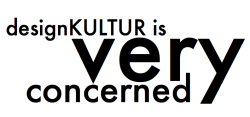
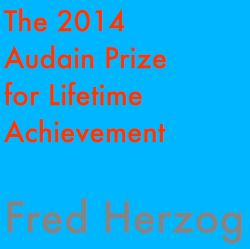

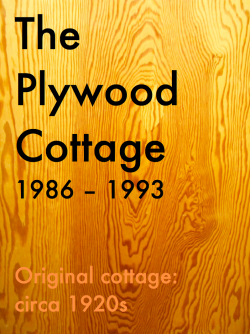


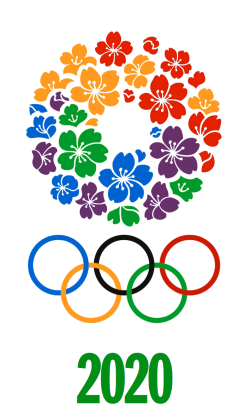






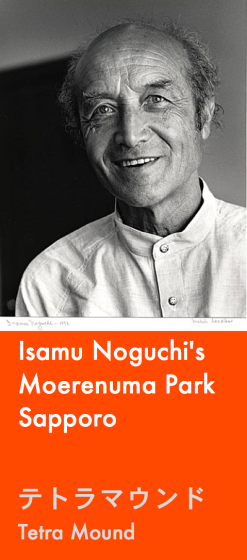

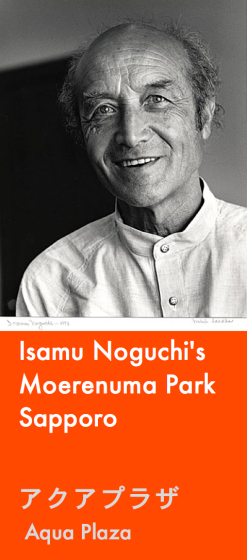

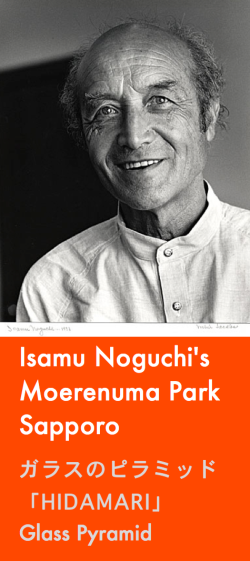







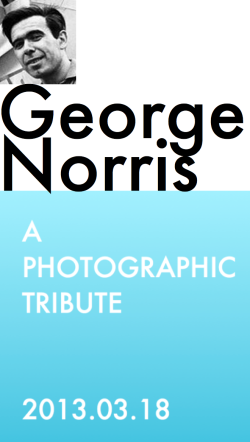








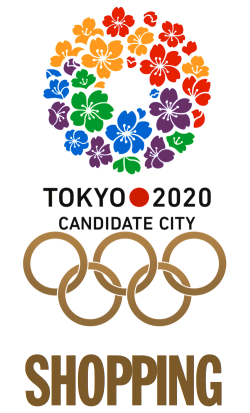
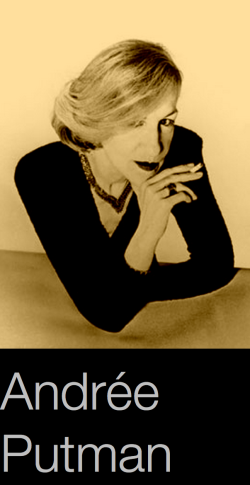


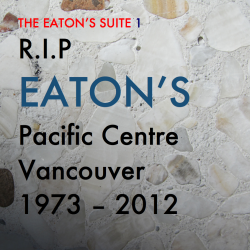













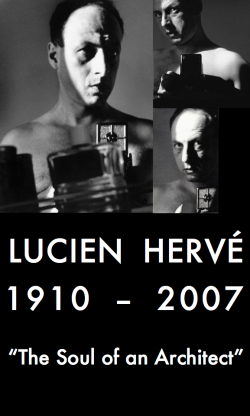
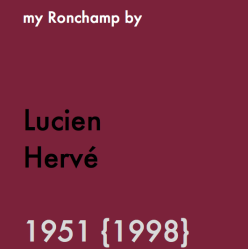
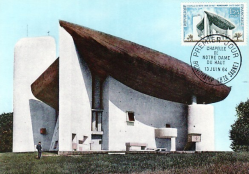











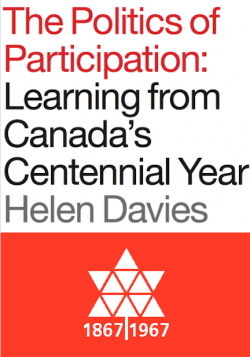
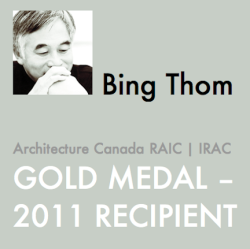












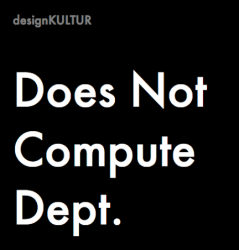




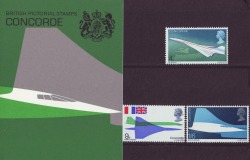
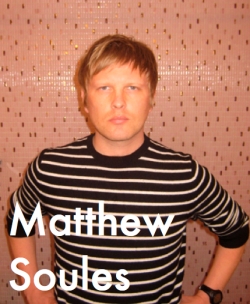




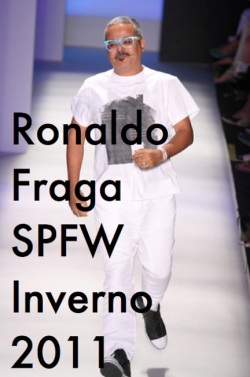







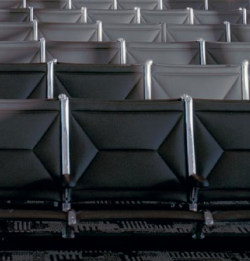









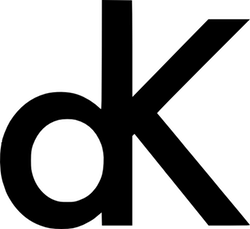
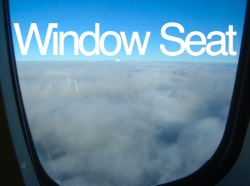

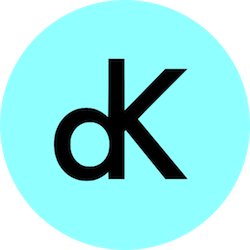

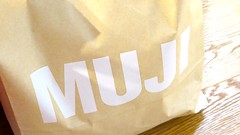
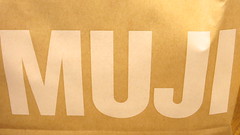
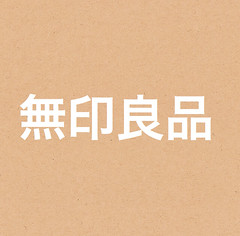

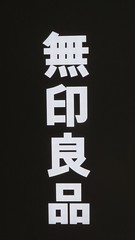









No comments yet
Jump to comment form | comment rss [?] | trackback uri [?]